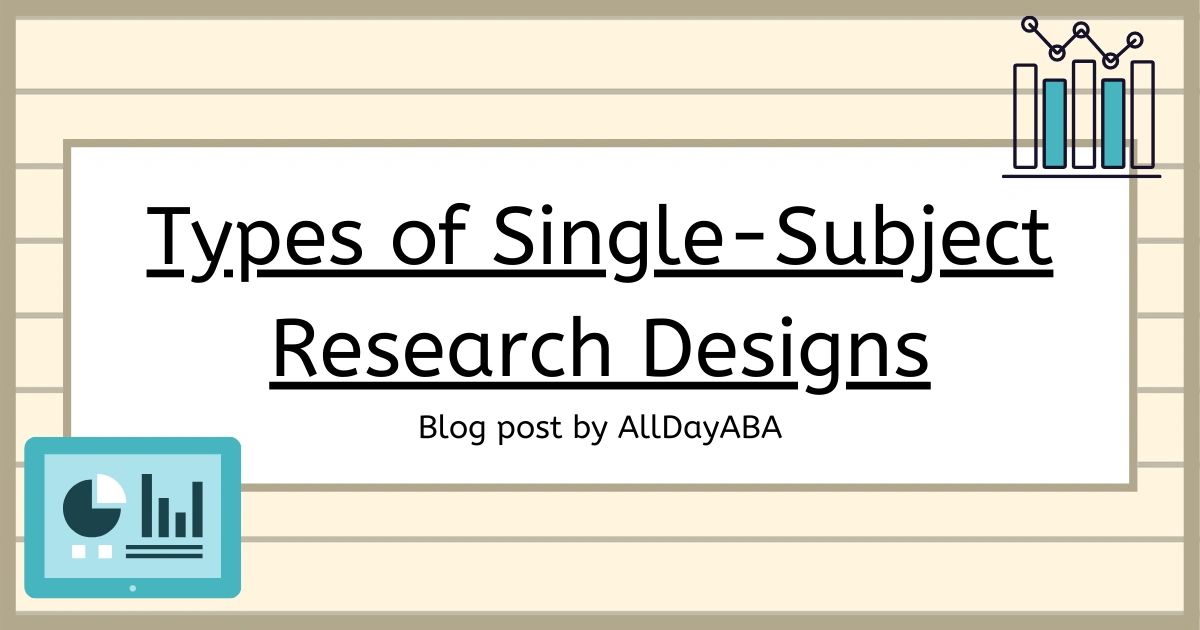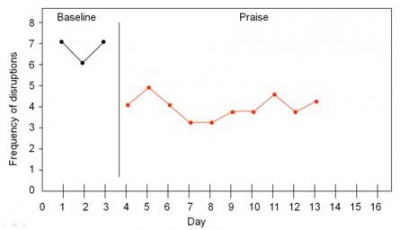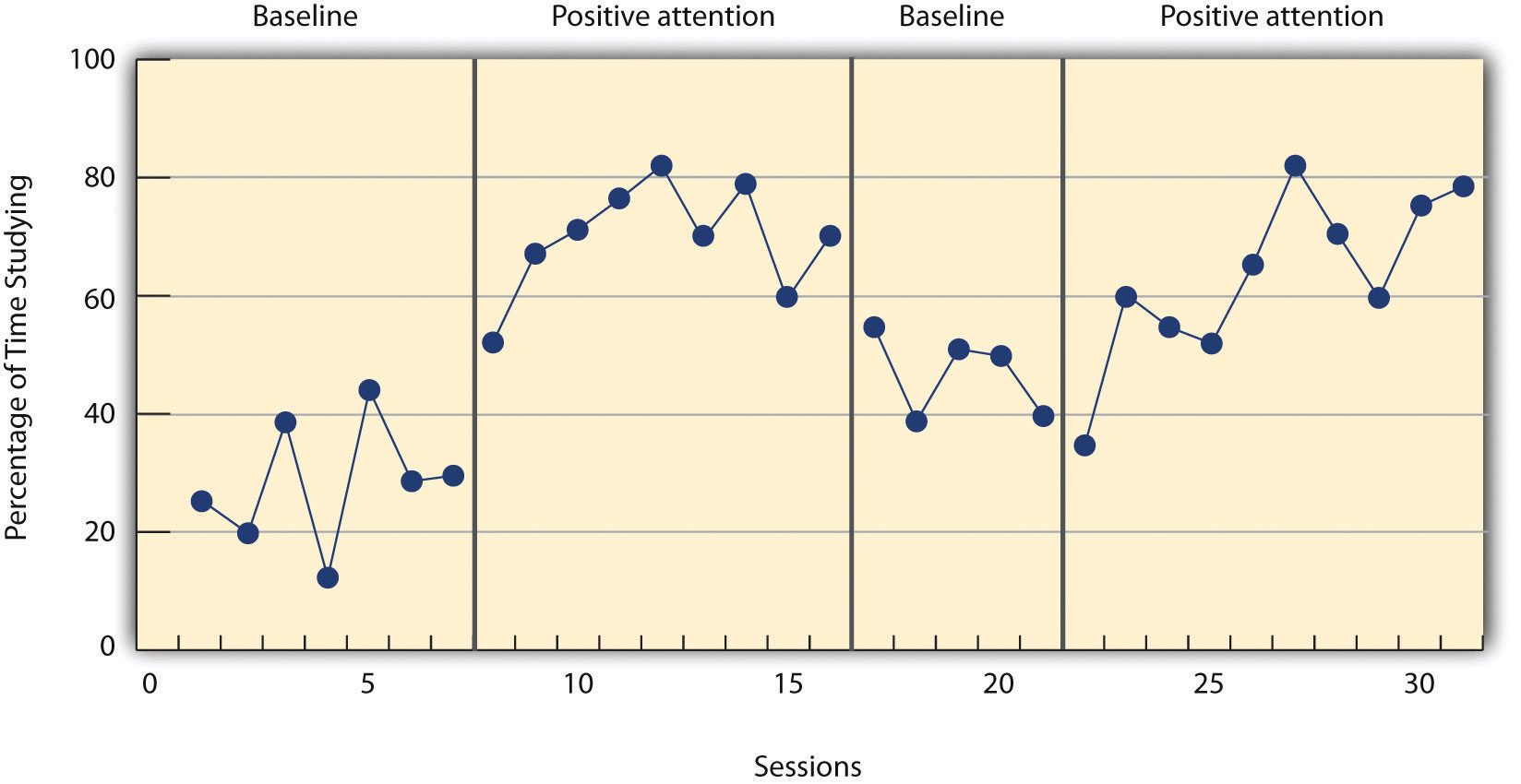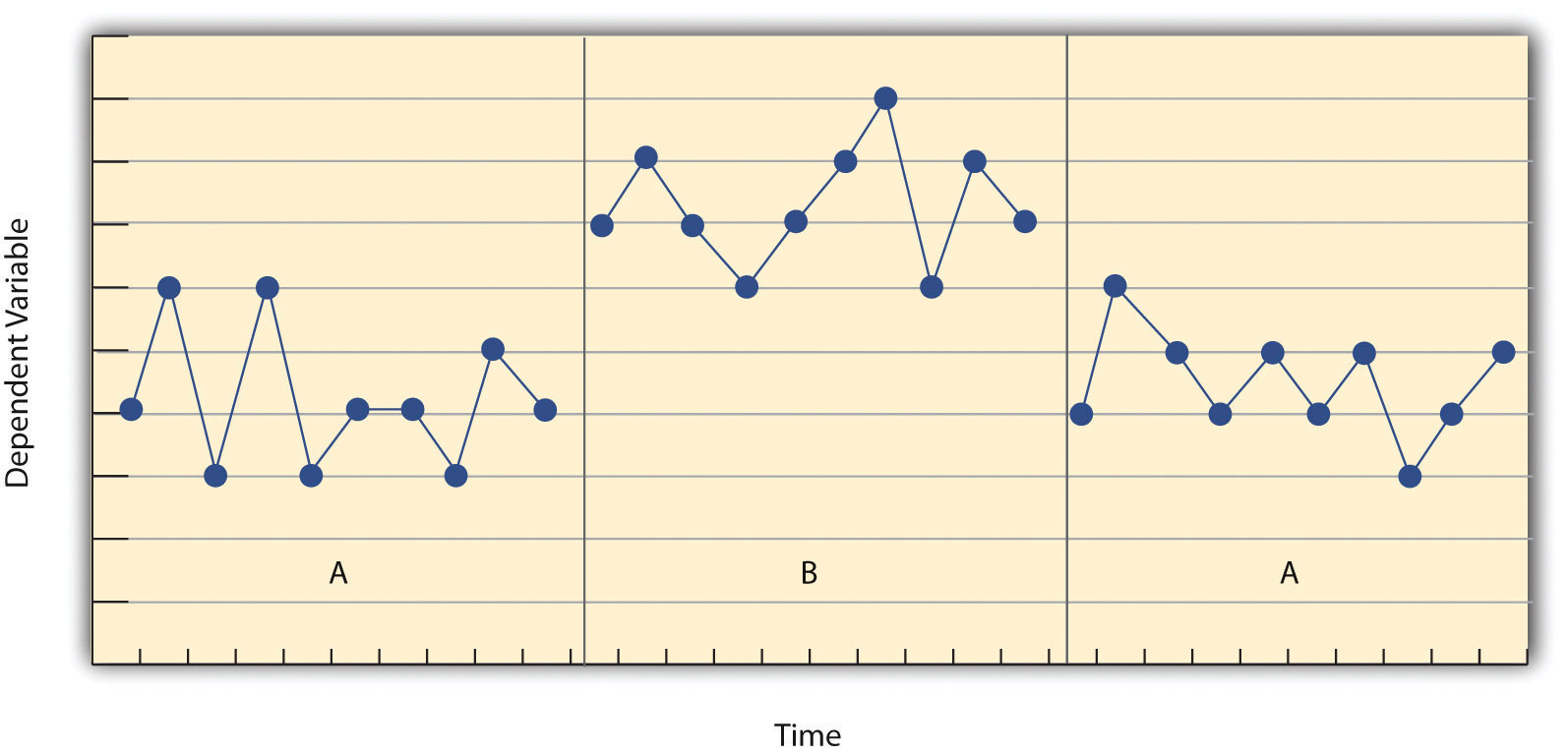An error occurred trying to load. Experimentation involves the measurement of one physical event the dependent variable under conditions where the value of a second physical event the independent variable is manipulated systematically.

Types Of Single Subject Research Designs Aba Study Materials
Unobtrusive measures involve any method for studying behavior where.

. Type III Error. Gain Scores Analysis of. Kazdin 2010 2013 because this type of design is ideal for examining how the behavior of an individual changes as a function of changes in the environment which is the subject of interest in the field of ABA.
This blog post will cover D-3 of Section 1 in the BCBABCaBA Fifth Edition Task List. Group of research methods using human and non-human participants types of designs are. Includes both qualitative and quantitative data collection and analysis in parallel form.
This model is a form of a research protocol called Single Subject Experimental Design. A single case study looks at a single subject ex. The abbreviations ABA and ABAB refer to the models stages not the acronyms themselves.
The initial unaffected behavior is represented by A which serves as the studys baseline. 7 rows Six primary design types are discussed. Procedures for the Single-Subject Design Establishing a baseline Optimal baseline Baselines to avoid Analysis of treatment effects AB and ABA designs ABAB design Intra-participant replication Inter-participant replication Reversible and irreversible behavior Multiple baseline procedures Time-series designs Case Analysis General Summary Detailed Summary Key Terms.
Concurrent mixed method design in which two types of data are collected and analyzed in. ABA designs typically start with a baseline period where behaviour is monitored before an intervention stage where behaviour is monitored whilst a. Child with ASD or a single case ex.
This is the level of responding before any treatment is introduced and therefore the baseline phase is a kind of control condition. Classroom for students with ASD. Therefore we support Smiths call for increased use of group research designs within ABA.
Each dot data point represents the number of times a defined observable behavior of an individual say a two-word vocal utterance by. During the first phase A a baseline is established for the dependent variable. To produce empirically tested treatments and interventions which have been shown to help modify an individuals behaviour.
And combined ABAB design useful for demonstration questions does A cause or influence B baseline-intervention-baseline-intervention. Applied behavior analysis relies on experimentation to assess the efficacy of interventions. 6 components of experiments in ABA.
Ethics ABA Designs. 1 BX or DV. An illustration of behavior analytic research methods using one of several types of single-case research designs.
The A-B-A design and multiple baseline design. ABA and ABAB are not. If the value of the dependent variable covaries.
Attempt to experimentally manipulate factors suspected of causing the variability to look for causal factors. Research Designs in ABA. Lets look closer at two common small n designs.
There are two general types of observational designs. We agree that selection of research methods should be driven by the kinds of questions being asked and that group research designs are the methods of choice for some types of questions that are central to EBP. Eleven questionnaires are included in.
Research methods in applied behavior analysis introduces the reader to behaviour analysis and its purpose. 1 TX or IV. The most basic single-subject research design is the reversal design also called the ABA design.
Top 20 Online Applied Behavior Analysis Bachelors Degree and BCaBA Coursework Programs. RESEARCH DESIGNS IN ABA 1 Research Designs in ABA Amber Stump Kaplan University. RESEARCH DESIGNS IN ABA 2 Research Designs in ABA Research is studying someone or something to get the answer to a specific question a person.
Following the introduction are chapters on measurement baseline intervention and followup phases. ABA design also known as a withdrawal or reversal design is a type of single subject experimental design which allows researchers to investigate the effectiveness of an intervention. - Behavior analysts seek Tx variables robust enough to overcome variability.
Monte Carlo Simulation Studies. This section introduces you to some key terminology and describes the study framework in which research is conducted. In direct observations people know that you are watching them.
Single Subject Experimental Design is a type of research methodology used in this model. This text covers good research design practices and methods used in applied behaviour analysis. Reversal designs multiple baseline designs and other more complex controlled designs are all briefly reviewed in a chapter titled Design Variation.
This type of research design draws a conclusion by comparing subjects against a control group in cases where the researcher has no control over the experiment. Bazely 2003 defines this method as the use of mixed data numerical and. Many studies demonstrating the outcomes obtained with ABA-based procedures use single-case experimental designs also termed single-subject designs.
RESEARCH DESIGNS IN ABA 3. There are many types of small n designs that researchers can use. You will learn about defining features of single-subject research experimental designs Behavior Analyst Certification Board 2017.
The introduced intervention is denoted by the letter B. The pre-experimental or AB design the withdrawal.

Hypothetical Example Of The Withdrawal Design Abab Notes Y Axis Download Scientific Diagram

Single Subject Research Educational Research Basics By Del Siegle

Reversal Design An Overview Sciencedirect Topics

Single Subject Research Designs
Single Subject Research Designs Research Methods In Psychology 2nd Canadian Edition

Single Subject Research Designs
Single Subject Research Designs Research Methods In Psychology 2nd Canadian Edition
0 comments
Post a Comment